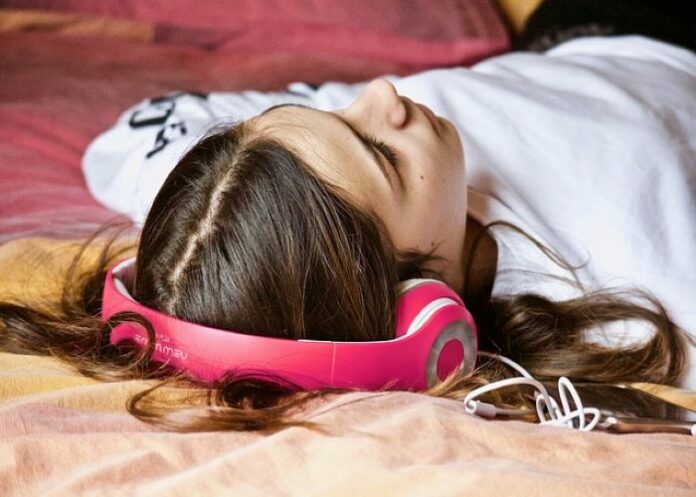Some 1.35bn young people worldwide risk hearing loss due to “unsafe listening”, according to a study that found at least one in four people aged 12 to 34 are exposed to dangerous noise levels from “personal listening devices” like smartphones at high volume settings.
Additionally, said the researchers, nearly half of the people in that category also experience damaging noise levels at entertainment venues.
“To our knowledge, this review is the first published article to estimate the prevalence of exposure to unsafe listening practices in adolescents and young adults and its global burden,” the authors (from institutions in the US, Sweden, Mexico and Switzerland) wrote.
“These estimates are needed to communicate the urgency of (prioritising) hearing loss prevention to governments, industries and other stakeholders responsible for implementing policy.”
In the study, published in BMJ Global Health, the researchers evaluated data combined from 33 studies of “unsafe listening” among people aged 12 to 34. Unsafe listening was defined in the study as exposure to greater than 80 decibels for at least 40 hours a week. (For context, city traffic is about 80 decibels, according to a list of sounds that can cause hearing loss from the the US Centres for Disease Control & Prevention (CDC).
Young people in this age category used devices such as MP3 players and cellphones, actively listened to content at 105 decibels, while the average noise level at entertainment venues was 104 to 112 decibels.
Research has shown that both single instances and repeated exposure to high volumes can damage hearing, potentially permanently, and the effects can build up during a person’s lifetime. Hearing loss is associated with poor academic performance, reduced economic mobility and health problems, the study authors said.
They encouraged more be done to educate people on how to prevent hearing loss and for policymakers to take action. The CDC suggests turning down the volume or taking listening breaks, using hearing protection such as earplugs, and keeping children away from loud music or equipment at home, among other tips to protect from hearing loss.
Study details
Prevalence and global estimates of unsafe listening practices in adolescents and young adults: a systematic review and meta-analysis
Lauren Dillard, Malachi Ochieng Arunda, Lucero Lopez-Perez, Ricardo X Martinez, Lucía Jiménez, Shelly Chadha.
Published in BMJ Volume 7 Issue 11
Abstract
Introduction
This study aimed to determine the prevalence of unsafe listening practices from exposure to personal listening devices (PLDs) and loud entertainment venues in individuals aged 12–34 years, and to estimate the number of young people who could be at risk of hearing loss from unsafe listening worldwide.
Methods
We conducted a systematic review and meta-analysis to estimate the prevalence of unsafe listening practices from PLDs and loud entertainment venues. We searched three databases for peer-reviewed articles published between 2000 and 2021 that reported unsafe listening practices in individuals aged 12–34 years. Pooled prevalence estimates (95% CI) of exposed populations were calculated using random effects models or ascertained from the systematic review. The number of young people who could be at risk of hearing loss worldwide was estimated from the estimated global population aged 12–34 years, and best estimates of exposure to unsafe listening ascertained from this review.
Results
Thirty-three studies (corresponding to data from 35 records and 19 046 individuals) were included; 17 and 18 records focused on PLD use and loud entertainment venues, respectively. The pooled prevalence estimate of exposure to unsafe listening from PLDs was 23.81% (95% CI 18.99% to 29.42%). There was limited certainty (p>0.50) in our pooled prevalence estimate for loud entertainment venues. Thus, we fitted a model as a function of intensity thresholds and exposure duration to identify the prevalence estimate as 48.20%. The global estimated number of young people who could be at risk of hearing loss from exposure to unsafe listening practices ranged from 0.67 to 1.35 billion.
Conclusions
Unsafe listening practices are highly prevalent worldwide and may place over 1 billion young people at risk of hearing loss. There is an urgent need to prioritise policy focused on safe listening. The World Health Organization provides comprehensive materials to aid in policy development and implementation.
WebMD article – Half of World's Young People at Risk for Hearing Loss: Study (Open access)
See more from MedicalBrief archives:
Loud music puts teens at risk of hearing loss
Hearing loss: Burden of proof on employer, not on the employee
Earplugs the only way to stop ear damage among musicians

